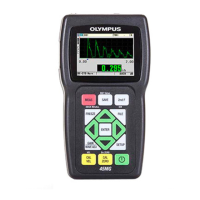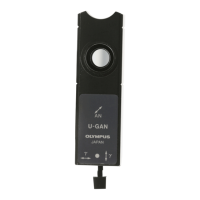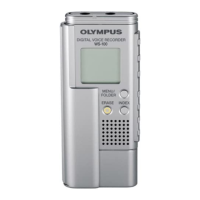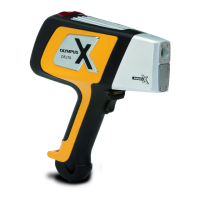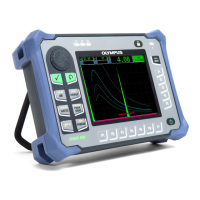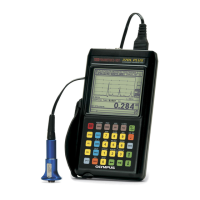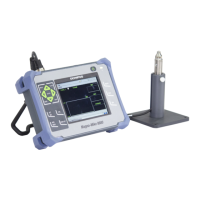DMTA-10043-01EN, Rev. C, July 2016
Theory of Operation
59
9. Theory of Operation
The 27MG Ultrasonic Thickness Gage operates on the dual transducer pulse-echo
principal, timing the reflection of high-frequency sound waves from the back wall of
the test piece. This technique, derived from sonar, has been widely applied to
nondestructive testing.
The frequency range used by the gage does not travel well through air, so a coupling
liquid such as glycerine or gel is used between the face of the transducer and the test
piece.
The sound waves generated by the transmit side of the transducer are coupled into
the test piece, travel through it, and are reflected back from the opposite side.
The reflected sound waves or echoes are coupled into the receive side of the
transducer where they are converted back into electrical signals.
The gage precisely measures the time interval between the excitation pulse and the
first echo signal and subtracts a zero offset value representing transducer delay. The
result is multiplied by the velocity of sound in the test material, V, and divided by two
to compensate for the two-way sound path. The final result, X, is the thickness of the
test material.
The microprocessor performs the arithmetic described above to produce the thickness
value. This value, along with various gage status indicators, is sent to the LCD
display.

